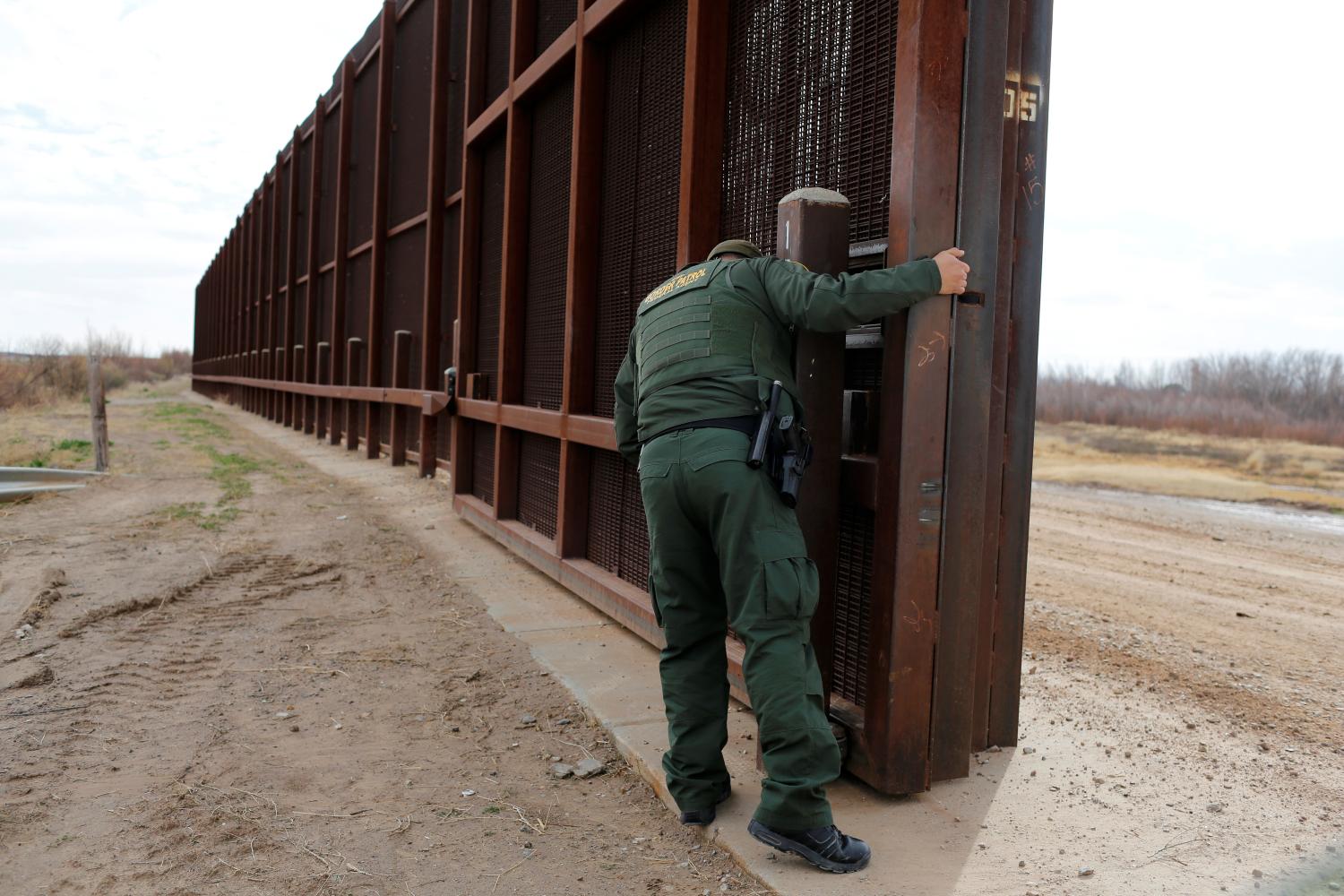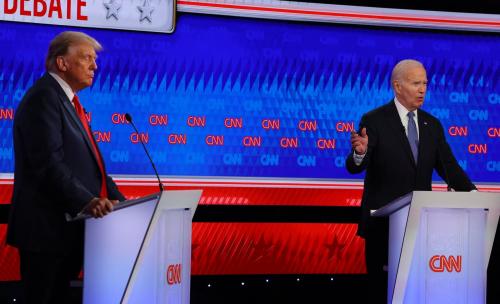Donald Trump rode to the presidency on immigration issues. During the Republican primaries and then again during the general election campaign, Trump’s most loyal followers erupted in cheers whenever he mentioned getting tough on unauthorized immigration. The list of ways he would “get tough” was long: building a wall between the U.S. and Mexico, ending the “catch and release” program, instituting zero tolerance for criminal aliens, hiring more border agents, ending funding for sanctuary cities, removing people who overstay their visas, instituting “extreme vetting” for refugees and making sure unauthorized immigrants don’t get any government benefits.
Now, President Trump must deliver on his promises to protect the country from unauthorized immigrants. To accomplish this goal, he will largely have to work through the Department of Homeland Security (DHS). DHS is the third largest Cabinet department and is composed of 240,000 employees, the bulk of which are located in two enormous agencies: Immigration and Customs Enforcement (ICE) and Customs and Border Protection (CBP). These agencies are significant in size and scope. ICE employs over 20,000 individuals and maintains a budget of $6.2 billion; CBP has a staff of just over 60,000 with a budget of $13.5 billion. The fate of President Trump’s campaign promises to his base rests largely with these agencies.
In this paper, John Hudak, Elaine Kamarck, and Christine Stenglein examine specific elements of the president’s immigration agenda and DHS’s path toward implementation. Taking into account the policy, personnel, financial, and logistical realities facing the department, the authors demonstrate just how difficult—if not impossible—it will be for the president to keep his promises related to immigration. Some of the specific and challenging realities identified and discussed in the paper include:
- In order to build a border wall, the federal government would have to exercise eminent domain—a deeply unpopular practice among conservatives.
- By initiating a massive public works project (construction of a border wall), demand for additional labor may unintentionally increase the number of unauthorized individuals entering the country.
- The president has proposed adding 15,000 new agents to CBP and ICE. Such an increase would require a tremendous pool of applicants to agencies that already have difficulty attracting applicants, let alone qualified applicants—most people who apply for jobs at CBP fail to meet the minimum qualifications.
- The cost of hiring 15,000 new agents would result in an estimated 14.7 percent increase in the CBP budget and an astonishing 60.8 percent increase in the ICE budget.
- The U.S. refugee admission process is a long, complex, multi-agency process that admits only a small percentage of the world’s refugees. Iraqis and Syrians face an even more intense evaluation process than those from other countries. It is unclear exactly what more President Trump could do to make the refugee vetting system more “extreme.”
Although Donald Trump has painted a dire portrait of a nation overrun by “illegal immigrants” and dangerous refugees, well-documented trends examined in this paper paint a different portrait and illustrate the political risks associated with the president’s campaign rhetoric.





